From Spain to Venezuela and Beyond: the Pepito
The Pepito is a steak sandwich, served in different ways in various countries across Latin America. I am not sure what makes a steak sandwich a Pepito. The word essentially means “Little Pepe,” though I’ve seen Google translate the phrase “pepito de ternera” as “veal nugget” too many times in the past week to completely discount other meanings.
However, Google has also mistranslated a few other words for me recently–“pebetes” as diabetes, “pan” (bread) as breast. My son Damian sent me a link to an article in the Atlantic recently about the limitations of automated translation by engines such as Google Translate. As he is studying computational linguistics, he seemed to find these limitations worrying, where I had simply considered these mistakes funny.
Hopefully, the Google translations of recipes that I have found and used for this site have not led me too far astray. I can’t afford to hire a multilingual translator–my sandwich budget alone is too high.
Costa Rica
If you are in the Chicago area and you google the Pepito sandwich, many of your top results will be various references to the rendition served at the Costa Rican restaurant Irazu. Named after the highest active volcano in a country known for its volcanoes, Irazu serves homestyle Costa Rican food, featuring flavors that are less fiery than the name would suggest. Strangely, since Costa Rica is not a country big on burritos, Irazu ended up on the 538’s Burrito Bracket, where it competed against other Chicago favorites La Pasadita and L’Patron, as well as 61 other burritos from around the country (for a total of 64). It has also been featured on Chicago’s Check, Please! TV show and Guy Fieri’s Diners, Drive-Ins, & Dives.
So it was that, sans sports car and camera crew, but with my eldest son Damian in tow, ended up treading that well beaten path to the most well-known local version of the Pepito sandwich. Damian and I tried a few other favorites as well–Patacones, the Costa Rican version of Tostones or fried plantains, served with garlicky mojo; Chifrijos, which mixes fried chiccharones with rice, black beans, pico de gallo, and the ever present Costa Rican condiment Salsa Lizano; and Casado, the homiest of home-style Costa Rican dishes, a sort of kitchen sink plate containing steak, rice and beans, cabbage salad, fried sweet plantains, a fried egg and a large roasted green chili pepper.
- Patacones at Irazu
- Chifrijo at Irazu
- Casado at Irazu
These were very tasty, as were the iced Horchata coffee I ordered and the oatmeal milkshake that Damian had. But I was here to try the Pepito–how would it stand up to the rest of the meal?
Irazu’s Pepito consists of thinly-sliced steak, refried black beans, caramelized onions, melted Muenster cheese, and Salsa Lizano, served on a section of crusty griddled baguette. It was good, and I’m glad I tried it, but it seemed like all I could taste, despite the many delicious things in that sandwich, was the Salsa Lizano. Salsa Lizano is a Costa Rican equivalent to HP sauce or A1 sauce, less dark and malty, more tart and fruity, but similarly flavored, and quite overpowering. The other ingredients couldn’t compete.
Mexico
But contrary to Irazu’s local hype, Costa Rico isn’t normally the country associated with the Pepito sandwich. The Wikipedia article references Venezuela and Mexico, stating that the Pepito is considered a type of steak torta.
I can get a steak torta just about anywhere, and I frequently do. However, a steak torta is a steak torta; a Pepito is somehow different. What unique quality about the Mexican Pepito differentiates it from the standard torta?
Coincidentally enough, the Rick Bayless sandwich shop XOCO, which often rotates sandwiches in and out of its menu seasonally, currently has a Pepito on its menu. Though this sandwich was also reviewed by Serious Eats back in May of 2014, so it may be a menu regular. Still, it doesn’t get the hype reserved for some of his other sandwiches like the Torta Ahogada, and I had not previously heard about it. High-quality Mexican cuisine is often, problematically, associated almost exclusively with Rick Bayless in the US and especially here in Chicago. I don’t often think of eating as a political act, but an article sent to me by Damian recently has me thinking differently, even wondering if my cultural tourism in exploring all these different sandwiches is helpful or hurtful.
The thing is, though, I really want to eat all the sandwiches. So I stopped by XOCO recently to try their upscale take on the Mexican Pepito.
- Pepito from XOCO
- XOCO in Chicago
XOCO’s Pepito is not a steak sandwich at all, but rather consists of a demibaguette containing braised beef short rib, slow cooked to the point of falling-apart fork-tenderness, caramelized onions, pickled jalapeno, black beans and a bit of monterey jack cheese, served with a small tub of salsa verde on the side. Rick Bayless’ website says that it’s his favorite sandwich, but while I liked it, a sandwich would have to be pretty spectacular to get that kind of praise from me. The beef, cheese, peppers and onions are all pleasingly soft, and the roll provides a bit of textural contrast, though it’s not overly crusty and chewy the way many artisanal baguettes can be. However, I just wish each individual component provided a more distinctive flavor–more spice and sourness from the jalapenos, more creaminess from the cheese, more sweetness and depth from the onions and beef. I may have simply visited on an off day and I will likely visit XOCO again–if only to try their Torta Ahogada when we get to that part of the List–but this sandwich won’t be on my must-eat list.
If I see a Pepito on the menu at another Mexican restaurant though, I will likely order it. I’d still like to know more about the Mexican version.
Venezuela
While the Mexican version is mentioned on the Wikipedia article, it’s the Venezuelan version that gets the highest wordcount. It also seems to be ubiquitous on the internet as well. Typical of street food, every Venezuelan pepito I found was a little bit different, but there were certain commonalities. The sandwich starts with a baguette-like sandwich roll, most likely the Venezuelan pan canilla. Starting with this base, the sandwich usually gets steak, mayonnaise, lettuce, tomato, guasacaca–a type of Venezuelan avocado salsa–and often shoestring potatoes for a little crunch. This would be my baseline Venezuelan Pepito, and my first job would be to make the bread.
This Spanish-language recipe for pan canilla yielded three 12″ long or so baguette-like loaves, that turned out well despite my clumsiness in shaping them.
- Homemade pan canilla
- Homemade pan canilla
- Homemade pan canilla
To the split bread roll, I first added a layer of mayonnaise
Then some thin-sliced sirloin steak, marinated in olive oil, garlic, and Worcestershire sauce before being lightly griddled, tomato, lettuce, and guasacaca sauce.
For the final touch, I sprinkled shoestring potatoes over the top and folded the bread roll back over to not quite close the sandwich.
- Shoestring potatoes
- Venezuelan style pepito
- Venezuelan style pepito
- Venezuelan style pepito
This sandwich was a monster, and I needed the help of my family to finish it.
The next morning, I made another, changing my stacking order slightly and using sliced tomatoes instead of diced tomatoes, to try to make a sandwich easier to handle.
- Venezuelan style pepito
- Venezuelan style pepito
I still only ate a third of this sandwich, sharing it with my wife and son. But it worked much better as a sandwich than the previous night’s version. Sloppy but edible, I would make this in the future. The sirloin is not the most tender of steaks, but it’s sliced very thin and bites through cleanly. The garlic/Worcestershire marinade gives it a great flavor, reminiscent of the Salsa Lizano from Irazu but much meatier for being applied directly to the protein. The mayonnaise/lettuce/tomato/guasacaca combination is lively and fresh, and while the shoestring potatoes do lose their crunch after a time, for a while they brighten every bite with a crisp salty kick.
Spain
Of course, sandwiches do not exist in a vacuum. I’ve noted before the impact of immigration and colonialism on the sandwiches of Central and South America. Well after the end of political imperialism, cultural and economic imperialism can continue, and in the case of Spain and Latin America, technological advances in transportation and communication facilitated a growing closeness between the two in the latter half of the 20th Century.
By that time, the Pepito sandwich had become well-known enough in Spain that culinary historian Teodoro Bardají had written about it in the weekly magazine Ellas in 1933, citing the type of often apocryphal origin story that I often read about when researching a new sandwich. At the Cafe de Fornos in Madrid, the owner’s son got tired of the same old cold cuts and requested a hot sandwich. The cook threw a tender veal steak on the griddle, cooked it in a little oil with a touch of salt, and served it in a split crusty baguette. Pepito, as the owner’s son was called, liked it so much that he asked for it again and again. Eventually the other customers all wanted a sandwich like Pepito’s.
A simple origin and a simple sandwich. Thin slices of tender veal or steak, cooked a la plancha and placed into a good piece of bread that has also been heated a la plancha. To recreate this sandwich, I started with 2 good demibaguettes and 2 thick cuts of beef tenderloin.
- Demibaguettes a la plancha
- Beef tenderloin steaks
I butterflied each of the 2 steaks and separated the halves entirely, then pounded them out even flatter.
For these sandwiches, I used my electric griddle, and started by cutting open the demibaguettes and griddling them cut side down in a little olive oil.
- Oil on the griddle
- Demibaguettes a la plancha
Once the bread was nicely browned and heated all the way through, I set it aside, keeping it warm. Then I cleaned the griddle surface and turned up the heat before adding a little more oil and the steaks, salting them while on the griddle.
It only took a minute or two per side to brown the steaks and cook them through. Assembly was simply a matter of putting the steaks and bread together.
- Pepitos
- A Pepito
- A Pepito
This was a sandwich simple to the point of being almost elemental. Good, hot bread. Good, simply seasoned and well-cooked steaks, soft enough and thin enough to bite through easily. Served with a broccoli salad on the side, this was a sandwich I could eat in its entirety by myself, and I did. (The kids got peanut butter and jelly, which you will be reading about on this site soon enough)
Of course, a simple sandwich of just steak and bread is a little dry for some. Many Spanish restaurants might add mayonnaise and greens to the sandwich, or caramelized onions, or cooked peppers, or some blue cheese. This Youtube video shows a Spanish street vendor making a version with beef, peppers, mushrooms, cheese, and alioli (a Spanish version of aioli, or garlic mayonnaise).
Extrapolate that to other hispanic food cultures, and you end up with the extravagant Venezuelan version, the homier Mexican version, and the Salsa Lizano-heavy Costa Rican version I tried. And if it’s in Venezuela and Mexico, if it’s in Costa Rica, why wouldn’t they have Pepito sandwiches in Panama or Nicaragua, Guatemala or Honduras or Colombia? I imagine a Ecuadorian version with curtidos, chimichurri and guacamole like the Choripan I made a few years ago and I’m suddenly starving.
I may not have discovered exactly what makes a Pepito a Pepito–the steak? the bread?–but the infinite possibilities of the sandwich are endlessly enticing to me. I may be a cultural tourist on this site–and worse, a virtual one–but I love how each of these places has made the Pepito its own.

I like sandwiches.
I like a lot of other things too but sandwiches are pretty great






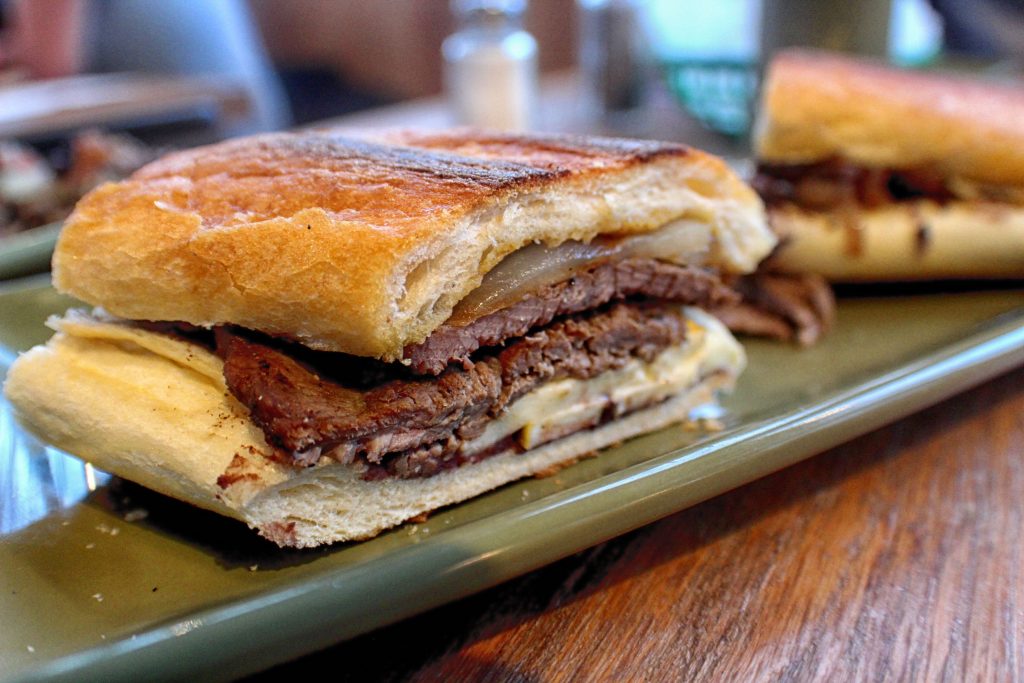
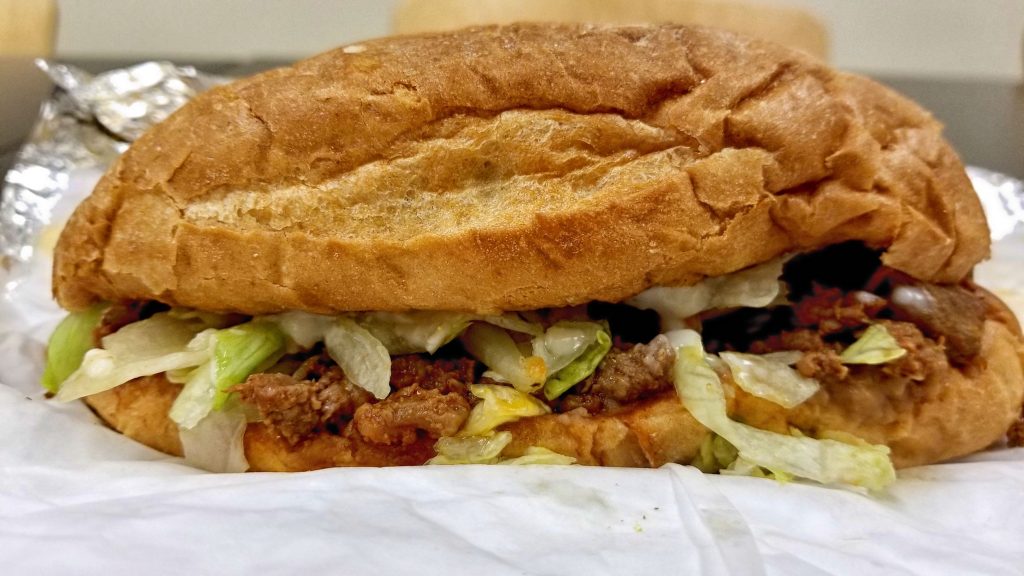





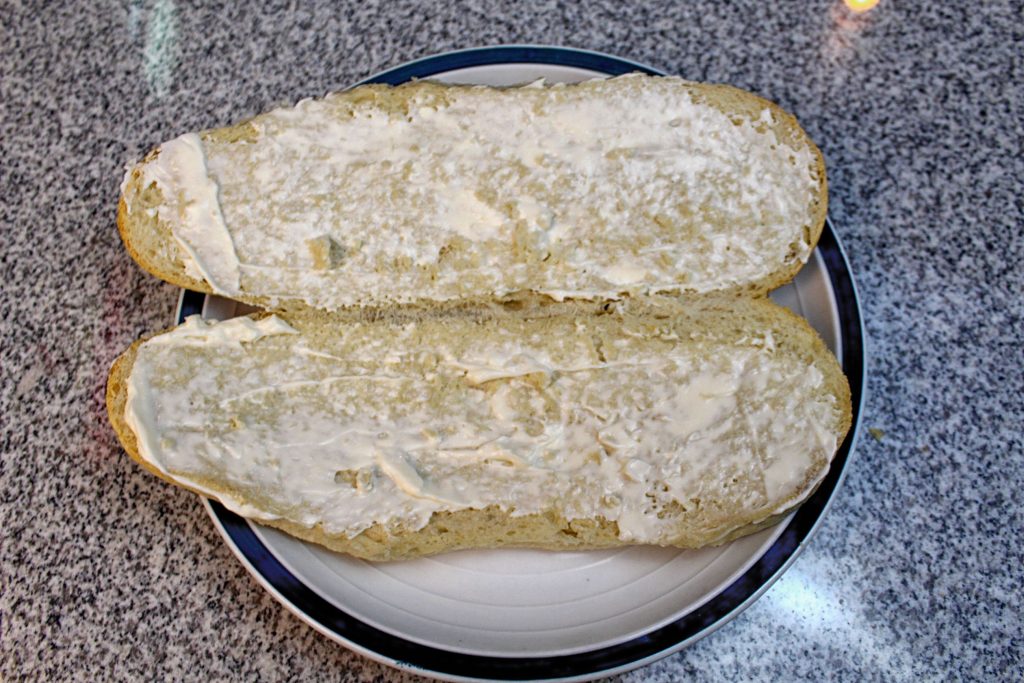
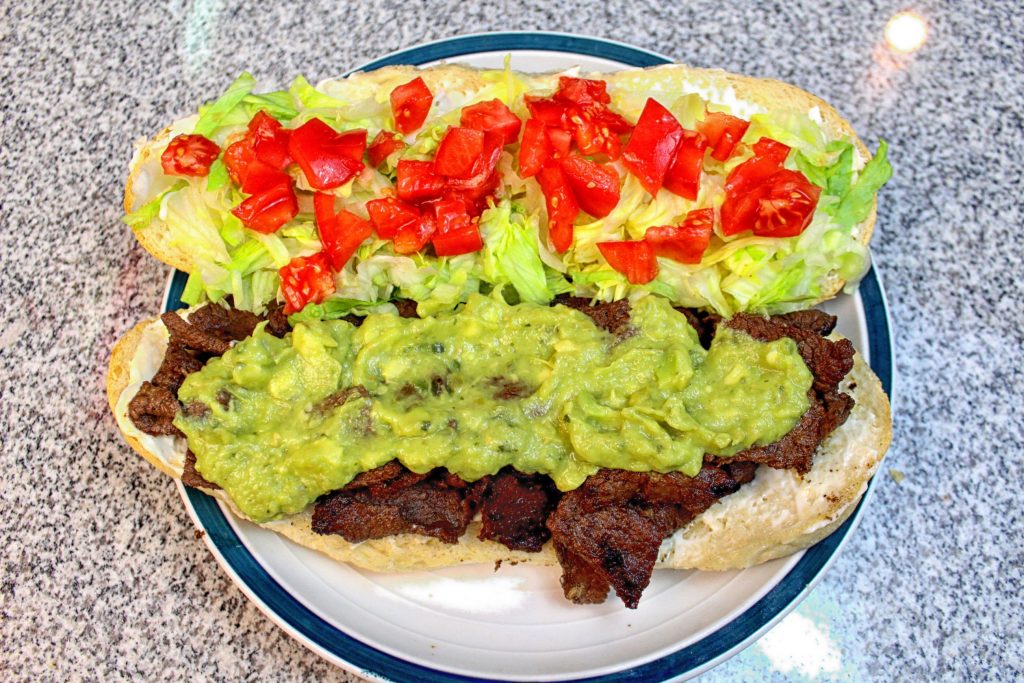




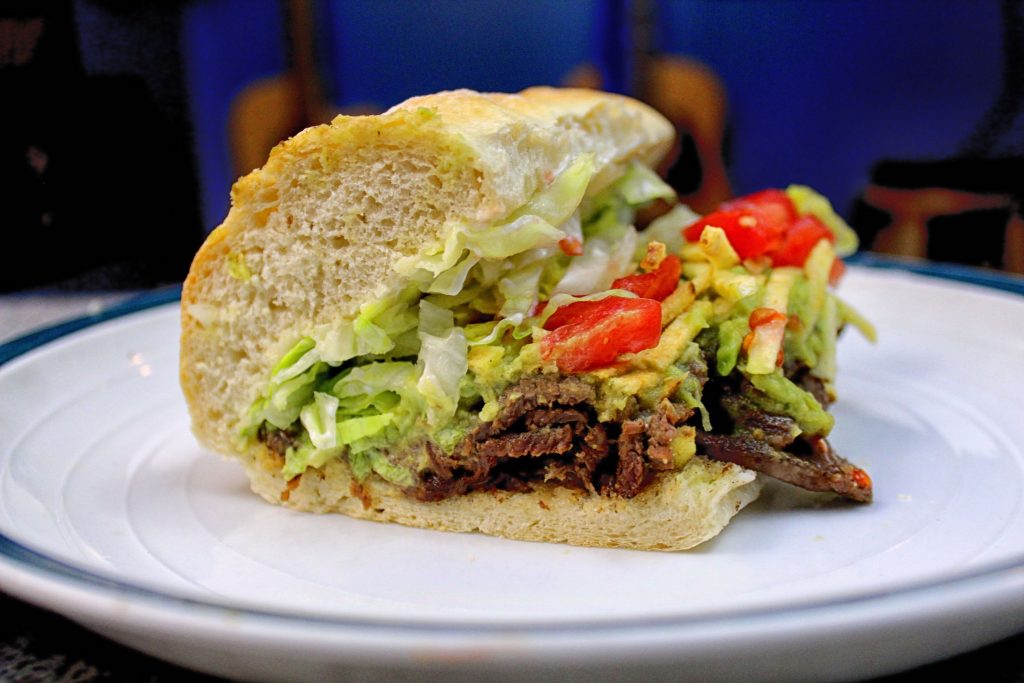




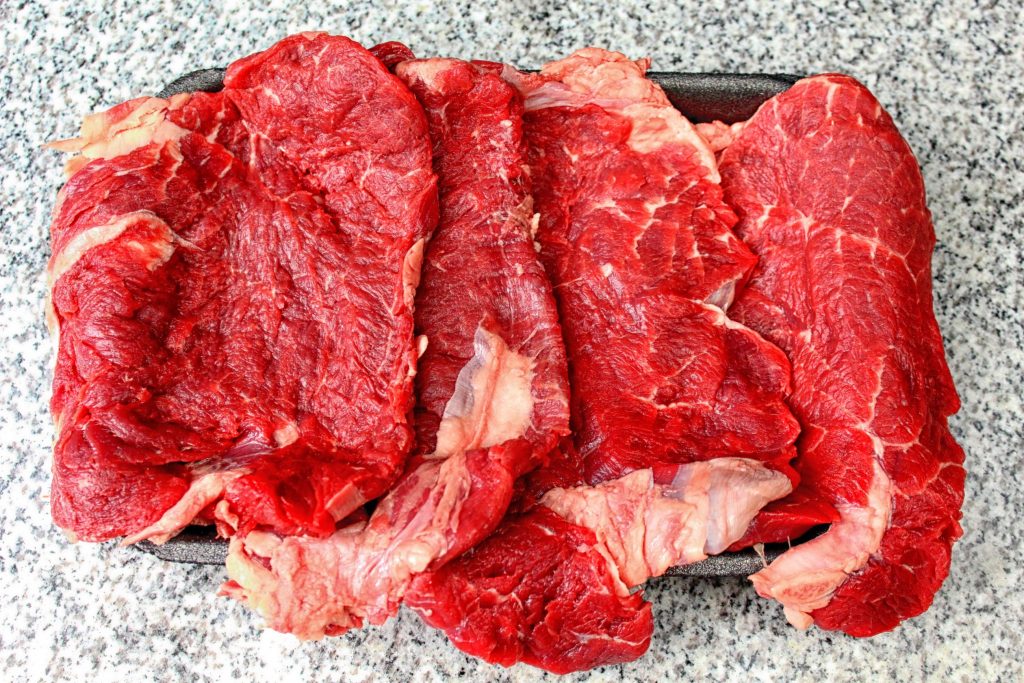





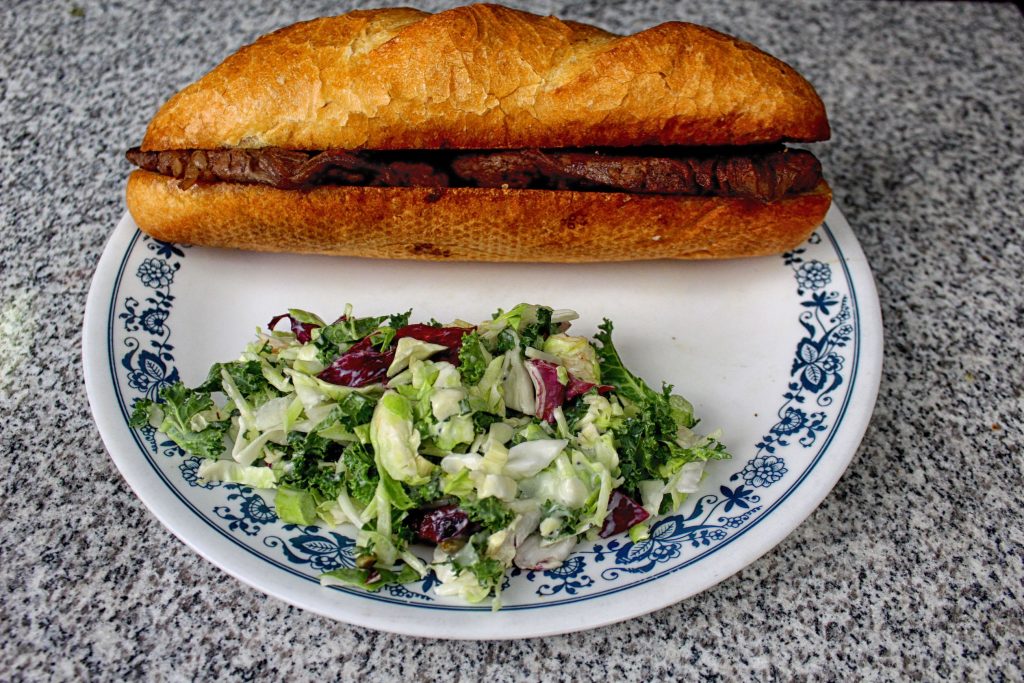
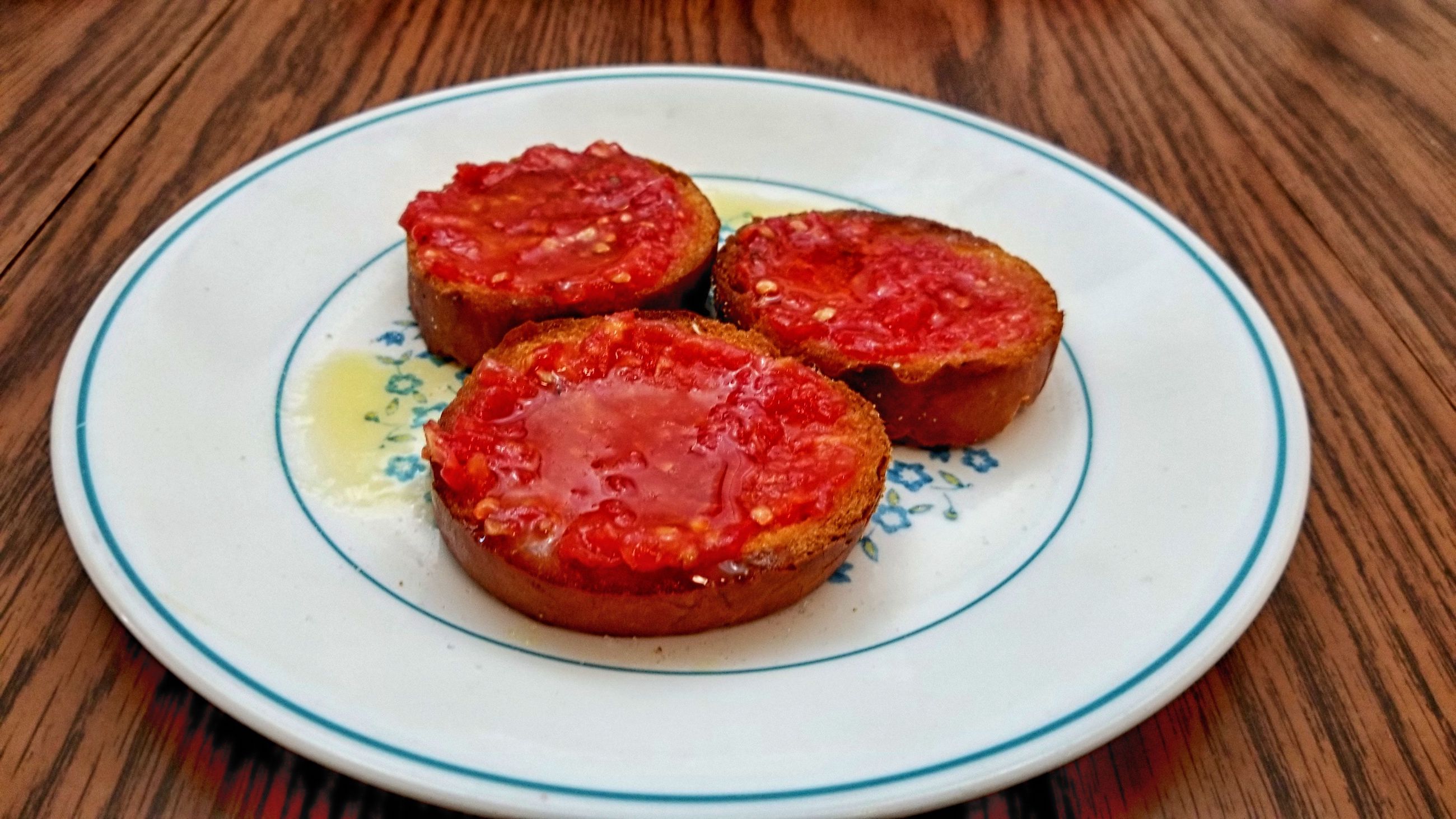








I’m a chef in LA, and I have never heard of the idea that people think Rick Bayless has “high-quality” Mexican food monopolized. In fact, I’ve never really heard food folk uttering his name in conjunction with great Mexican food; that’s such a vast culinary territory these days. He’s just a chef with a style and a brand. Where have you heard that information? I’m from the Midwest originally, and nobody I knew thought Rick had any market cornered on anything there either.
I may have stated that a bit strongly. Still, a lot of the food writing I see namechecks Bayless when discussing upscale Mexican. Thanks for the comment.
Jim, there is another meaning of pepito in Spanish. In Spain, pepito can also mean a T strap Mary Jane shoe (which are generally for little boys and little girls, although some companies do make adult sizes). Pepitos picados in Spanish means perforated T strap shoes (pepitos meaning T strap shoes, picados meaning perforated). Most of the children’s shoe industry is in Alicante province, in the southeastern part of Spain, about 100 miles south of Valencia. The cities of Alicante and Elche have some children’s shoe companies / factories, but a great amount of the children’s shoe companies are in a town called Villena (pronounced “Vee-yenna”, as two of the letter l in Spanish is pronounced with a y. It looks more like it should be pronounced as Vil-lena, but it is not. A lot of the children’s shoe companies from Spain export to the European continent. However, there are some shoe companies that export to the USA as well. Mostly to Jewish owned shoe stores in New Jersey and New York. And also some to children’s boutiques and shoe stores in the Deep South such as like in Alabama, Tennessee, Georgia, and South Carolina. It is actually not that unusual for little boys to wear T strap shoes in the Deep South along with dressy overalls (also more well known as “longalls”, which are often either smocked or appliqued) and jon jons (the short version of a longall), also often with Peter pan collar shirts and kneesocks. It’s rather an old fashioned way to dress up little boys and more traditional and conservative. And of course, little girls wear T strap shoes and one strap Mary Janes down in the South, often with smocked dresses. It isn’t uncommon to see children in the South wearing T strap shoes to church on Sundays, or even preschool or daycare during the week. This way of dressing a child is almost non-existent in the West Coast or in the North.
Take care,
Codi Preston D., from Northern California.
And to give you an idea of what a T strap shoe (pepitos picados) looks like, here is one.
https://www.okaaspain.com/en/t-bar-shoes/classic-nappa-leather-pepitos-or-t-strap-shoes-in-cowhide-color-with-buckle-fastening-55944.html
And this is a longall :
https://kidsonking.com/collections/shortalls-and-longalls/products/funtasia-too-dog-corduroy-longall
Quite a bit more dressy than overalls. Overalls are more casual, like something along the lines of Oshkosh B’Gosh. This is something quite different and looks more like a jumper.
Take care
Codi Preston D.